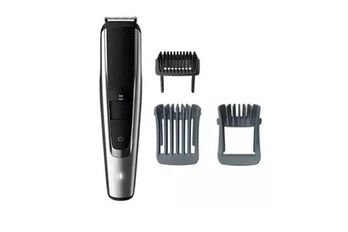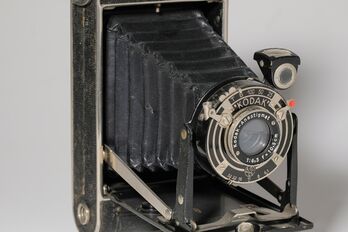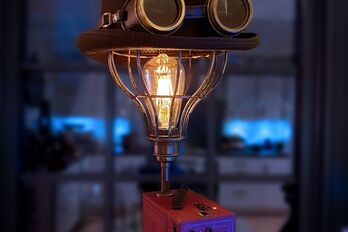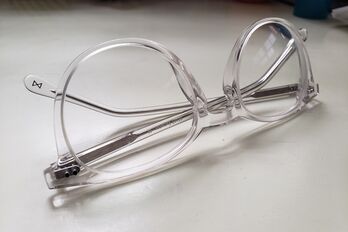Product Review: Philips Norelco 5000 Series Beard Trimmer
Introduction
The quest for a well-groomed beard is made effortless with the Philips 5000 Series Beard Trimmer. With its sleek design and advanced features, this grooming tool offers precision, versatility, and convenience. In this comprehensive review, we'll delve into its key features, performance, and overall user experience to help you make an informed decision.
Design and Build Quality. The Philips 5000 Series Beard Trimmer boasts a sophisticated design with a sturdy build. The ergonomic shape ensures a comfortable grip, allowing for precise control during trimming sessions. The trimmer is lightweight yet feels durable, making it suitable for extended usage.
Performance and Precision. Equipped with self-sharpening steel blades, the trimmer delivers excellent performance and ensures consistent cutting power. The blades effortlessly glide through the hair, providing a smooth and uniform trim. The trimmer offers multiple length settings, allowing you to achieve your desired beard style with precision. Additionally, the lift and trim comb feature ensure efficient and even trimming, leaving no stray hairs behind.
Versatility. The Philips 5000 Series Beard Trimmer is a versatile grooming tool that offers a wide range of trimming options. It includes various comb attachments with adjustable length settings, providing flexibility to groom different beard lengths and styles. Whether you prefer a short stubble or a longer beard, this trimmer has got you covered.
Battery Life and Charging. One of the standout features of this trimmer is its long-lasting battery life. With a single charge, it can deliver up to 90 minutes of cordless usage, allowing for multiple trimming sessions before needing a recharge. The trimmer utilizes a fast-charging technology, providing a quick power boost for those moments when you're in a rush.
Ease of Use and Maintenance. Using the Philips 5000 Series Beard Trimmer is a breeze, thanks to its user-friendly design. The intuitive interface and easy-to-access controls make it simple to navigate through different length settings. The trimmer is also easy to clean, as the detachable head can be rinsed under running water. The inclusion of a cleaning brush adds convenience to the maintenance routine.
Additional Features. The trimmer comes with a travel lock feature, ensuring it remains inactive while in transit, preventing any accidental activation. However, the absence of a travel pouch is a minor drawback, as it would have been a useful addition for portability.
Price and Value for Money. Considering its exceptional performance, versatility, and durability, the Philips 5000 Series Beard Trimmer offers great value for money. While it may be priced slightly higher than some competitors, the trimmer's quality and long-term performance make it worth the investment.
Conclusion
The Philips 5000 Series Beard Trimmer proves to be an outstanding grooming companion for men seeking a well-maintained beard. Its remarkable performance, versatility, and user-friendly design make it a top choice in the market. With the ability to achieve precise trims, long battery life, and easy maintenance, this trimmer is a reliable tool that enhances your grooming experience. Embrace your style with confidence and precision using the Philips 5000 Series Beard Trimmer.







